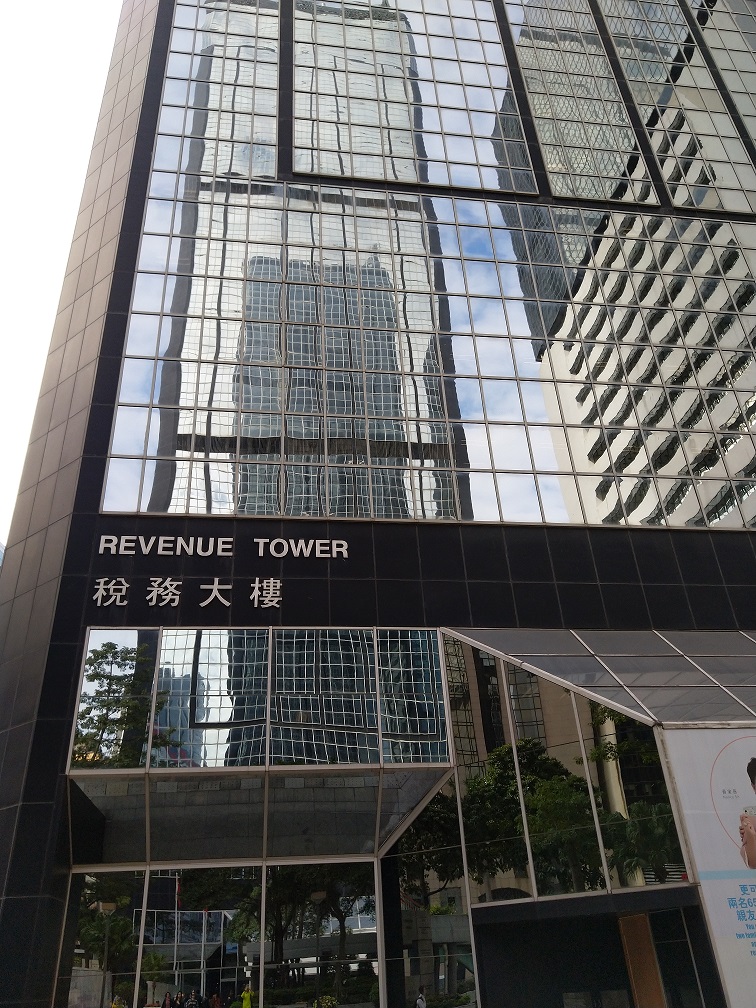
WOULD TWO SEPARATE ASSIGNMENTS BE DEEMED AN EXCHANGE OF PROPERTY FOR STAMP DUTY PURPOSE?
January 2020
The Court of Appeal recently rejected the assessment made by the Collector of Stamp Revenue of the Inland Revenue Department in two assignments of properties and held that the true substance of the transactions thereunder constituted an exchange of properties for the purpose of the Stamp Duty Ordinance (Cap.117).
In Ngai Sau Ying v Collector of Stamp Revenue and Hung Ip Shing v Collector of Stamp Revenue (heard together) [2019] HKCA 1104, Ngai Sau Ying and Hung Ip Shing were a married couple. Each was a registered owner of a residential unit respectively. Both units (A and B) are at the same building.
Hung petitioned for divorce in 2005. In the ancillary relief proceedings in 2008, the court made an order, which was later registered at the Land Registry, that Hung should transfer Unit A to Ngai and Ngai transfer Unit B to Hung. Both transactions should be conducted without monetary consideration. Each assignee should bear the expenses for the respective transfer.
In 2013, Hung and Ngai each executed an assignment to transfer Unit A and Unit B to each other respectively. As that time, Unit A was worth $3,150,000 and Unit B $2,450,000 then according to the Rating & Valuation Department.
In each assignment, the parties were referred to as “the Assignor” and “the Assignee”. Its recitals refer to the court order and the transfer of the unit. Its operative part mentions the court order and the fact that the unit was assigned at nil consideration. The issue is whether the two assignments formed part of a larger transaction or a series of transactions made pursuant to the court order and to be stamped as such, or whether the stamp duty was only payable on the assignment over Unit A, computed based on difference in market values between the two units. In other words, do the two assignments amount to an exchange of properties in which case the stamp duty payable should be calculated by reference to the equality money even though the instruments did not state so expressly?
There is no definition of “exchange” of immovable property in the Stamp Duty Ordinance. At common law, an “exchange” is a transaction in which the property belonging to one person is transferred to another person in consideration of that other person’s property being transferred to the first. The transfer of one property needs not be the sole consideration for the transfer of the other and the two properties exchanged need not be of equal value.
The Court reviewed the principles for the determination of the true nature, meaning and legal effect of an instrument for the purpose of stamp duty. While stamp duty is chargeable on instruments instead of transactions, it does not follow that chargeability will be determined solely on the basis of the form of the instrument. Chargeability of an instrument depends on the true substance of the transaction. Further, neither the words and labels used by the parties in the instrument nor the form of instrument chosen by the parties is a conclusive indicator of the true meaning of the instrument. The circumstances surrounding the document could be taken into account to ascertain the substance of the transaction.
Applying the above principles to this case, the Court of Appeal took the view that the court order was made in 2008 to give effect to the fairness approach and the principle of equal sharing laid down in DD v LKW [2008] 2 HKLRD 523, the judgment of which was handed down by the Court of Appeal shortly before the date of the court order in this case. It was mutually agreed by Ngai and Hung in the matrimonial proceedings that the difference in values between the two units was $100,000 (the agreed values of Unit A and Unit B in the matrimonial proceedings were $700,000 and $600,000 respectively) and such difference was addressed by other provisions in the package under the court order. In other words, the court order was made as an attempt to achieve substantial equality between Ngai and Hung.
The Court of Appeal rejected that the transactions under the assignments were at nil monetary consideration despite the existence of such express provision in the assignments. The expression “at nil monetary consideration” only means that the transactions were not a sale and the consideration was not a price for money.
The Court added that the material date for drawing the line for equality consideration was when the court order was made and consideration was in fact given, but not the date when the assignments were executed and therefore, the amount of equality consideration should be $100,000 instead of $700,000. The date of the assignments only reflects the date which the court order was effected. Any variation in the values of the two units subsequent to the date of the court order is immaterial.
Section 25(7) of the Stamp Duty Ordinance referred to the “principal or only” instrument and hence, an exchange effected by more than one instrument was contemplated by the legislature. There was also nothing in the form or legal shape chosen by the parties which is in conflict with the substance of being an exchange of properties.
Divorce proceedings often involve division of financial assets between the divorced couples and the value of real properties in Hong Kong as well as the possible tax consequence can be quite substantial. This case provides a very relevant case in point and matrimonial practitioners should pay particular attention to the potential stamp duty implications.


